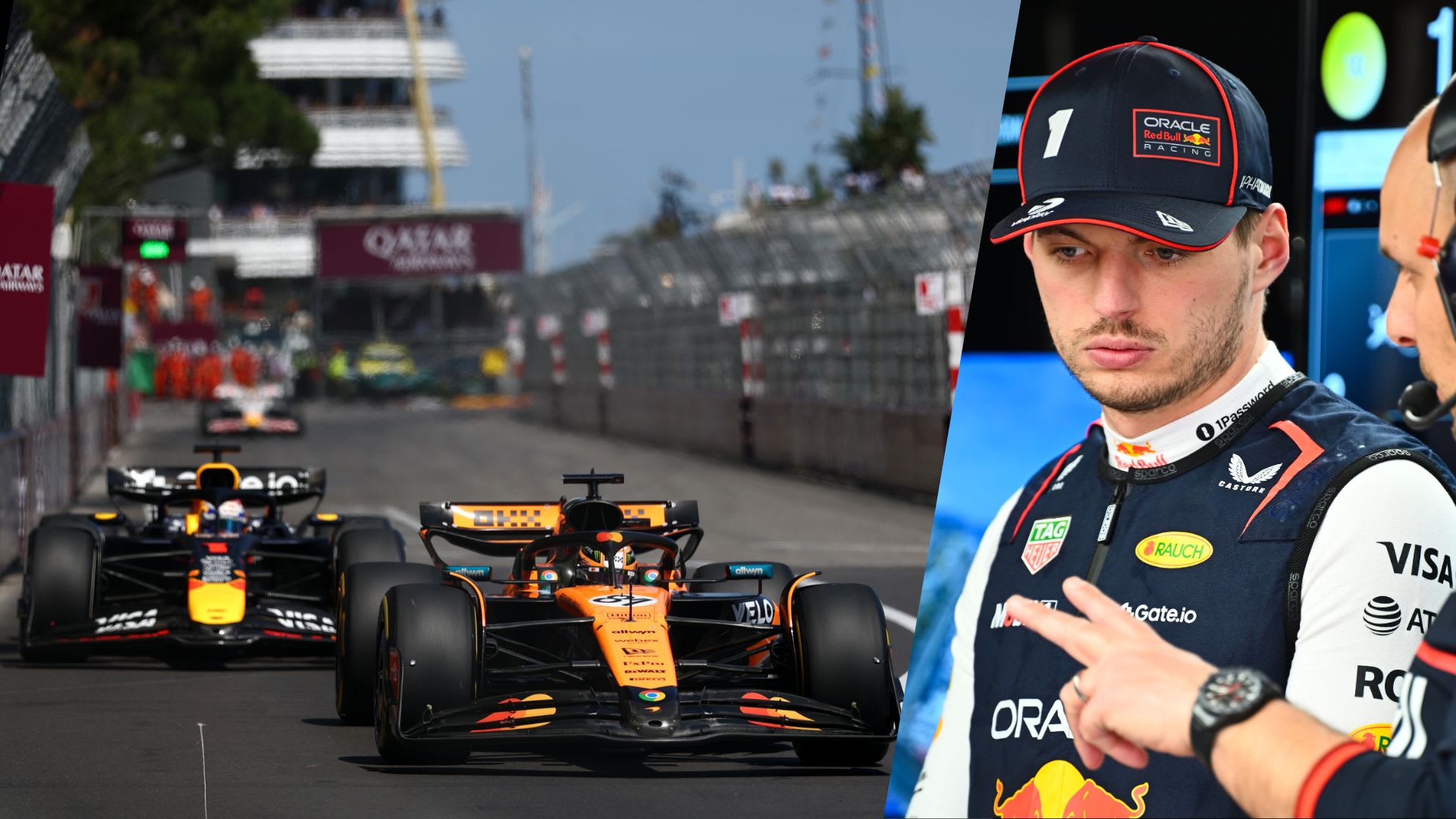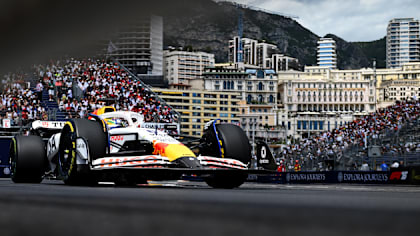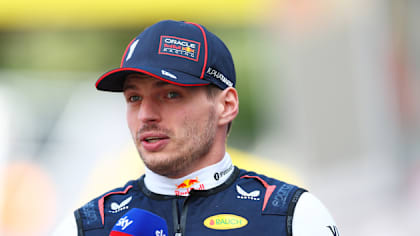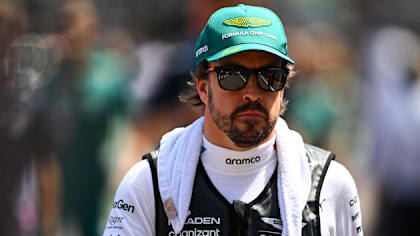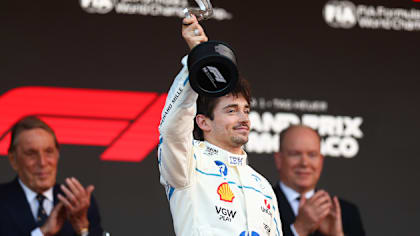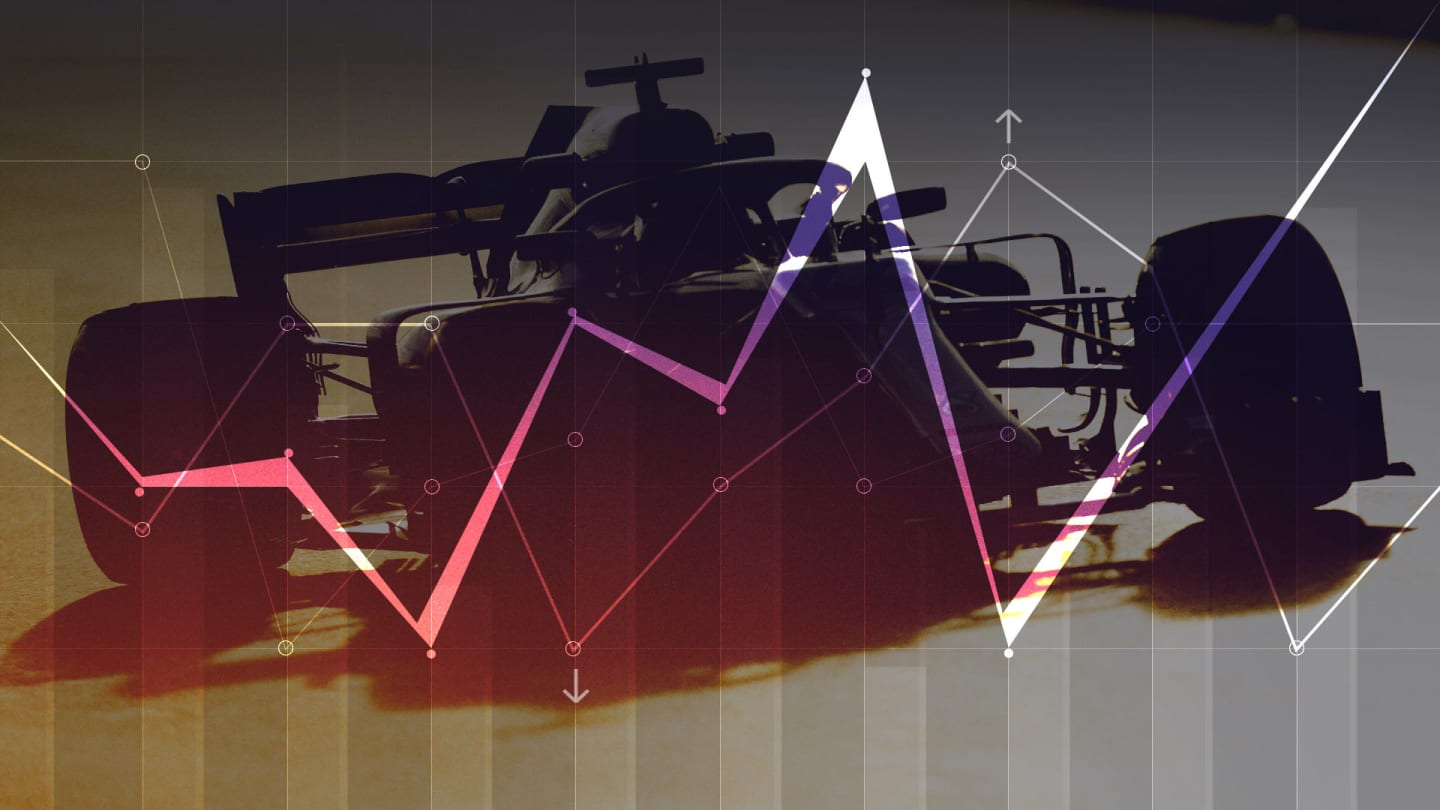
Feature
Friday Pace Analysis – German Grand Prix
Share

Last time a heatwave hit Europe, it was during last month’s Austrian GP and it was Ferrari and Red Bull who excelled as Mercedes struggled to stay cool. Even hotter conditions greeted the teams at Hockenheim, for this weekend’s German Grand Prix, with Ferrari setting a sizzling pace in Friday practice – but are they best-placed to win in Mercedes’ backyard? Let’s take a look…
ONE LAP PACE
Sunscreen, hydration and ice creams were required in Hockenheim on Friday as the heatwave that has left Europe sweating buckets stuck around. Not ideal conditions, then, for the drivers, teams or indeed the fans – although Ferrari made the most of the warmth suiting their SF90 and promptly dominated Friday practice, Sebastian Vettel and Charles Leclerc topping a session each.
The unusually warm conditions had been expected to hamper Mercedes, the Silver Arrows struggling when mercury rose in Austria. But as part of an impressive upgrade package they debuted at Hockenheim, their home race and the anniversary of Mercedes-Benz’s 125th year of involvement in motorsport, there was revised, bigger bodywork in a bid to ease their cooling pain.
That is perhaps why despite the ice cream-melting conditions, Mercedes were only a fraction off their red rivals, with their best lap of the day – set on the softest compound tyre – just 0.146s adrift. Ferrari were the quicker of the two in sector two. Given this has the long curving straight, where they can make the most of the power unit advantage, that’s no surprise.
The Scuderia continue to have the edge in fast corners – as well as the straights, but Mercedes hit back in the slow and medium speed turns, which explains why Lewis Hamilton and team mate Valtteri Bottas had the upper hand in the twisty final sector of the lap, where the track winds its way round a stadium-like section, before spitting the cars back onto the main straight.
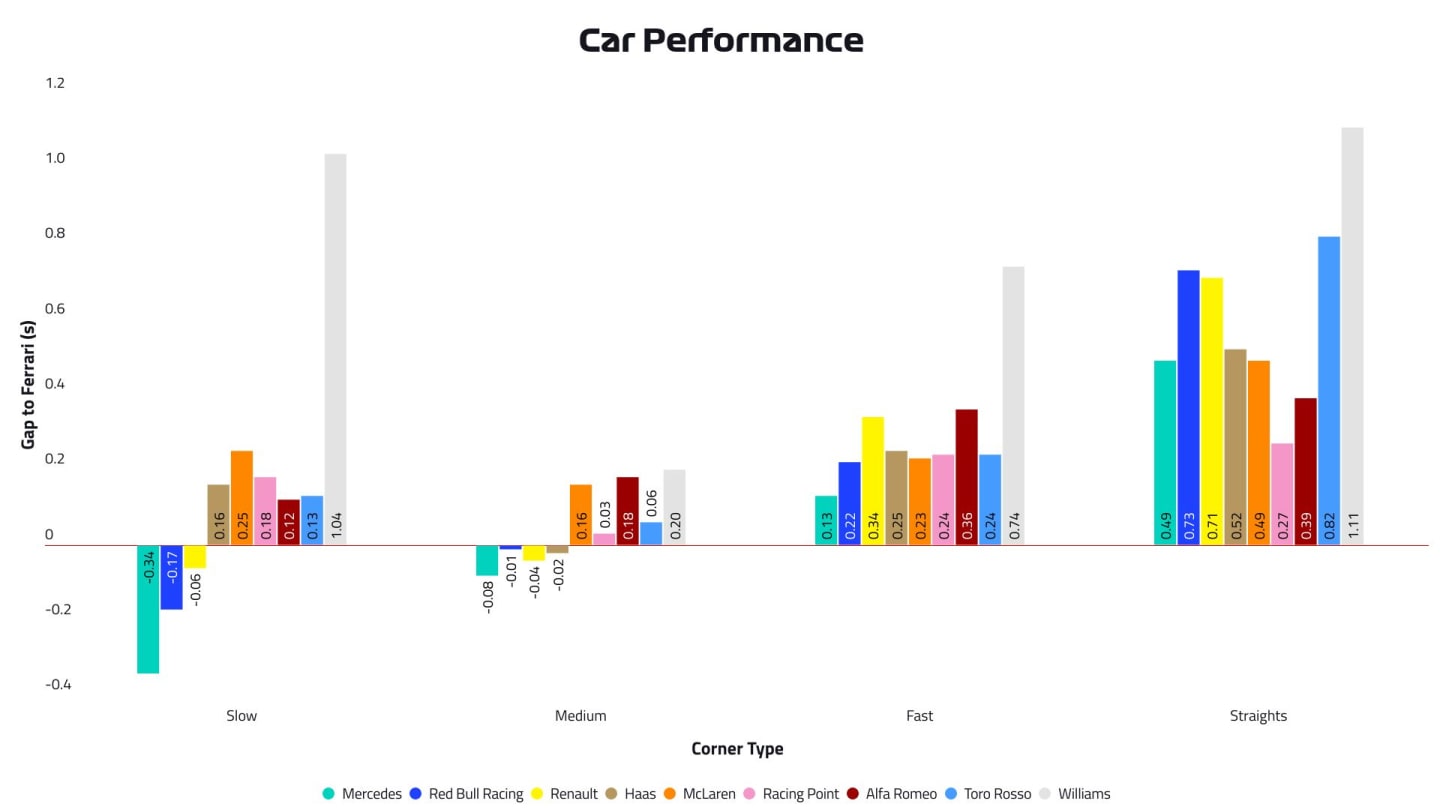
Mercedes chief Toto Wolff was cautious when asked about the team’s performance on Friday and their initial feelings about the update package. He did suggest Ferrari were very close, noting that they looked stronger in the slower-speed corners than they have been recently. Based on what we saw today across three hours of running, Ferrari appear to have the pace to take pole and maybe even lock-out the front row.
There is a caveat, though. And that’s the weather. Rarely have we spoken about the conditions as much as we have in the last few weekends, but they are set to play a big factor for the remainder of the weekend. Friday hit a season-high 38C ambient, 50C track – but that was the hottest Hockenheim will be while F1 in town, with conditions dropping around 10C for Saturday and a further 3/4C for Sunday. Meanwhile, thunderstorms are predicted throughout Saturday – with the potential to impact both final practice and qualifying. Then on Sunday, more rain is predicted, but whether or not it will hit during the race remains unclear.
Best single lap
All times set on softs in second practice, apart from Williams whose best lap came on softs in FP1
1 Ferrari (Charles Leclerc) 1:13.449s
2 Mercedes (Lewis Hamilton) 1:13.595s +0.146s
3 Red Bull (Max Verstappen) 1:14.133s +0.684s
4 Haas (Romain Grosjean) 1:14.179s +0.730s
5 Racing Point (Lance Stroll) 1:14.268s +0.819s
6 Alfa Romeo (Kimi Raikkonen) 1:14.458s +1.009s
7 Renault (Nico Hulkenberg) 1:14.472s +1.023s
8 McLaren (Carlos Sainz) 1:14.662s +1.213s
9 Toro Rosso (Alexander Albon) 1:14.800s +1.351s
10 Williams (Robert Kubica) 1:16.559s +3.110s
Red Bull took their now familiar place in third in the short run pace rankings, but the deficit is somewhat skewed by the fact Max Verstappen had to back out of his low-fuel lap while team mate Pierre Gasly had a messy session, culminating in him getting acquainted with the Hockenheim barriers. It is anticipated that the Austrian GP winners will close deficit in this metric.
Haas are a surprise fourth, but there will be plenty of head-scratching in their engineering meetings this evening as it was Romain Grosjean, running the Melbourne-spec used in race one of the 2019 campaign, that showed the turn of pace on Friday rather than the newly-updated specification Kevin Magnussen debuted in second practice.
Racing Point’s heavily updated package, which will get another boost overnight with more parts arriving overnight, puts them in the fight for Q3. Could this be the weekend Lance Stroll ends his run of 14 consecutive Q1 exits? Alfa Romeo, Renault, McLaren and Toro Rosso are all well-matched, with just 0.35s separating the quartet. It’ll be interesting to see how that battle evolves as the temperatures drop and the rain comes calling.
That just leaves Williams, who are three seconds off the pace. Not great on the face of it, but they have a big update here this weekend and while Robert Kubica wasn’t too impressed on Friday, the feeling is one of encouragement based on initial findings.
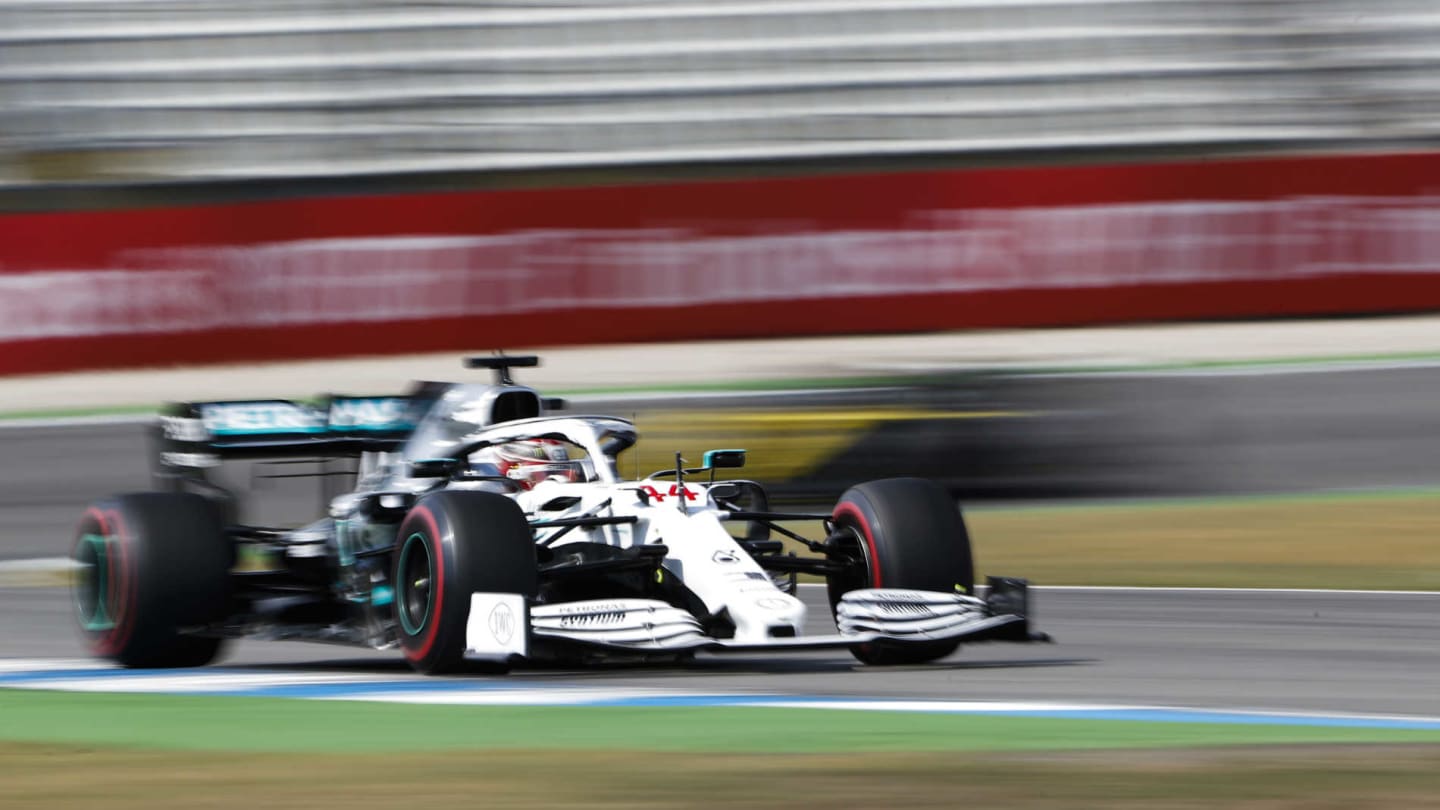
RACE PACE
A familiar face adorns the top of our race pace charts, but their advantage isn’t as big as it has been earlier this season. In fact, the Silver Arrows are only around 0.2s/lap ahead of Ferrari and you would expect the Scuderia to close the gap based on how things have evolved earlier in the season.
Breaking it down to tyre compounds, Ferrari look very handy on the soft tyre. Sebastian Vettel and Charles Leclerc’s pace on the red-walled rubber was around 0.150s per lap quicker than Hamilton managed on the same compound, during their respective long runs.
Unfortunately Vettel didn’t complete a representative medium tyre run, but when you compare the runs on the hard tyre, there’s very little to choose between Bottas and Leclerc’s respective efforts. This bodes well for Ferrari as they bid to win their first race of the year, though they would have preferred if conditions remain hot.
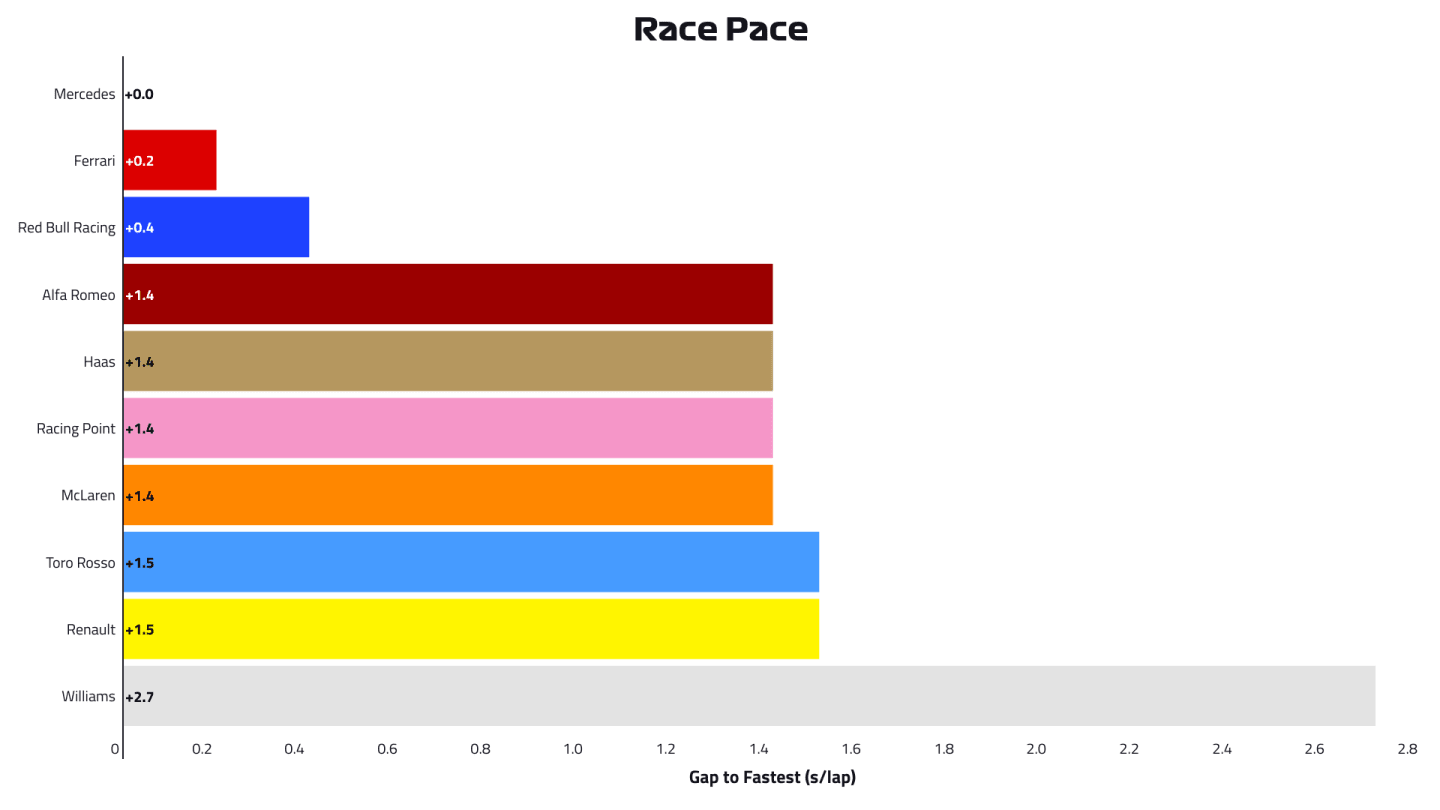
Bottas spoke of how Mercedes would have “struggled massively” if they did not have the new aerodynamic package, that features cooling improvements, in Germany. Instead – as Bottas says - they could “actually complete some good long runs”.
Again, there’s the caveat that the hot temperatures heavily influenced today’s results. When they drop over the next couple of days, it’s likely the struggles most drivers encountered with the tyres will ease. The rubber should head back towards them, they should feel more comfortable with their overall package and grip levels, and the lap times should drop.
Red Bull are looking pretty handy, with a long run pace 0.2s/lap off that of Ferrari, and are well ahead of the midfield which is arguably the closest it has been all season on this metric. Alfa Romeo, Haas, Racing Point, McLaren, Toro Rosso and Renault have a near identical race-pace, based on their Friday running, setting up intriguing battle for the lower-end points come Sunday afternoon.
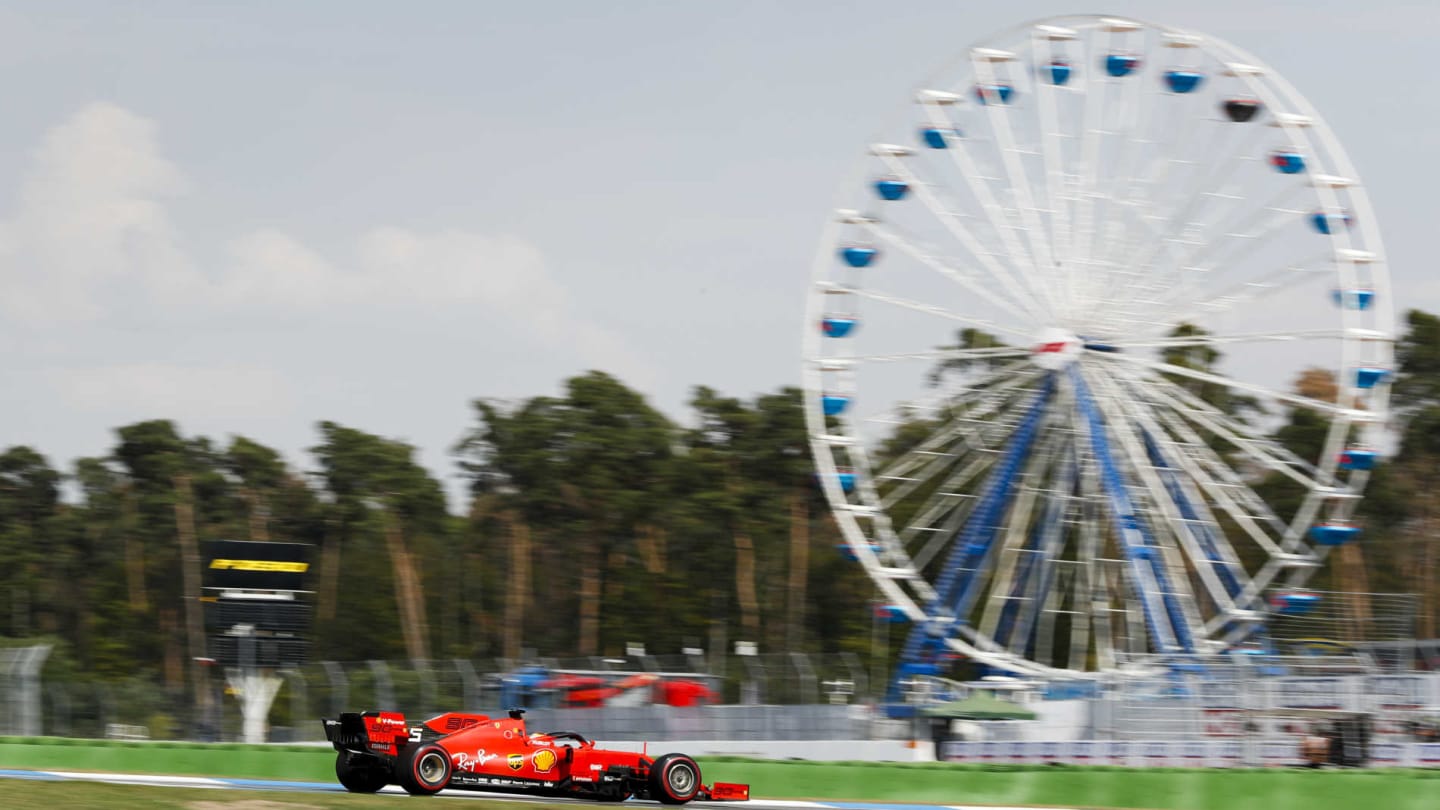
Verdict
Ferrari will certainly hit the hay the happier of F1’s two leading teams on Friday night, the SF90 rampant when the temperatures soared at Hockenheim on Friday. But Mercedes will be pretty chuffed with themselves after the way the W10 reacted in conditions that caused them so many problems when they encountered similar temperatures in Austria.
It is likely that as the temperatures fall, the pendulum will swing in Mercedes’ favour – but Ferrari can take heart from their apparent gains in low-speed corners, while their advantage on the straights and in fast corners remains.
Much will depend on the weather, though. With the wet stuff set to hit on Saturday, we could end up with a mixed up grid and a free slick tyre choice for teams comes race day – but even that will depend on whether the heavens open once more. If we do get a downpour, then based on last year’s rain-hit Grand Prix, we could be in for an absolute belter.
YOU MIGHT ALSO LIKE
Feature FACTS AND STATS: Racing Bulls’ Hadjar and Lawson both secure career-best results
News ‘It was the only option’ – Verstappen explains alternate tyre strategy in Monaco after going from P1 to P4 on final lap
News ‘I’m driving at a high level’ – Alonso defends start to 2025 after Monaco power unit issue denies him maiden season points
News Leclerc admits he ‘lost the race’ in Qualifying but takes positives from competitive Monaco weekend
